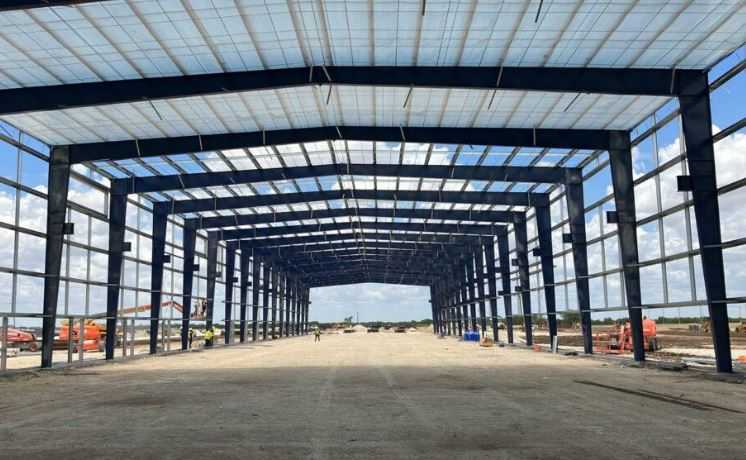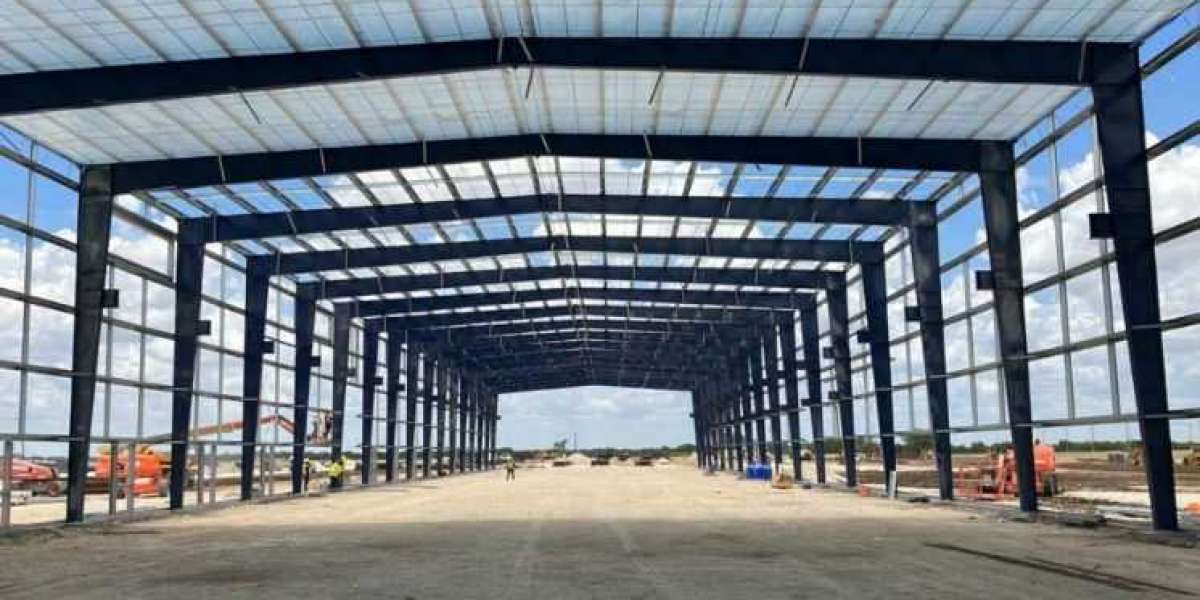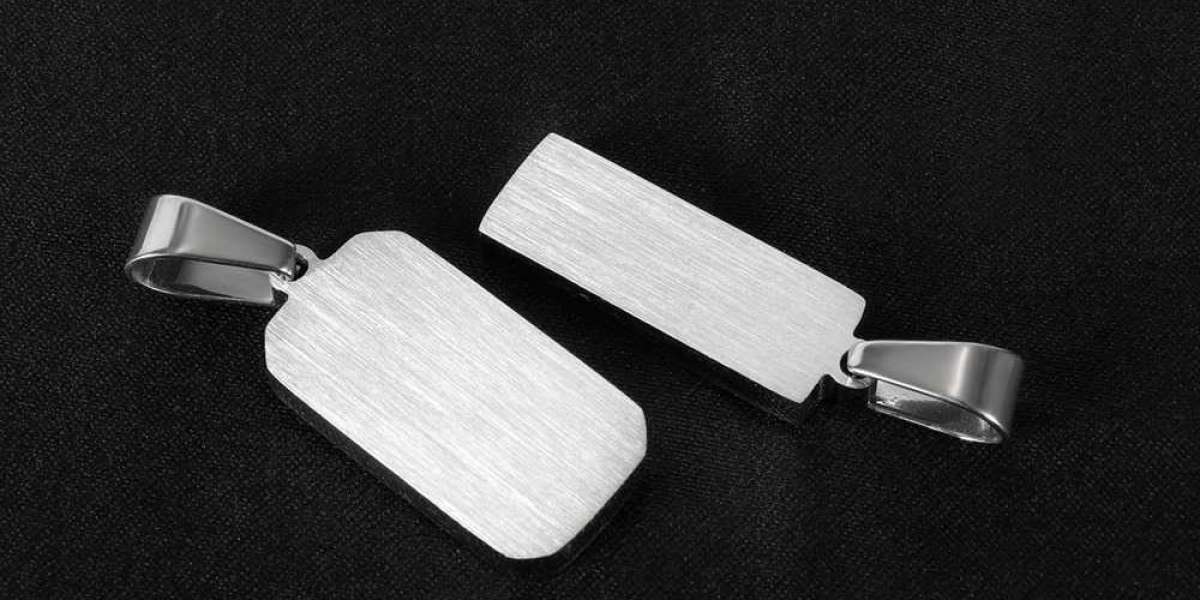There is a significant emphasis placed on the construction of new airports and the expansion of existing airports all over the country as part of the UDAN (Ude Desh ka Aam Nagrik) program, which is being implemented by the Indian government with the intention of establishing air connections between Tier 2 and Tier 3 cities and major cities. This program is being launched with the intention of establishing air connections between these cities. In light of the commitments that were made at COP27 and G20, a significant amount of emphasis is being placed on making certain that development and sustainability are inextricably linked to one another. This particular reason is one of the reasons why Pre-engineered buildings (PEB) or prefabricated steel structures are becoming the preferred choice over conventional construction methods for airport projects that fall under the UDAN scheme. PEB stands for prefabricated steel structures. On the other hand, PEBs make it possible to finish the project more quickly, which has been a significant challenge for the UDAN scheme. However, the establishment of airports in smaller cities is necessary for the purpose of enhancing the potential of the region and contributing to the expansion of local economies. Nevertheless, this should not be done at the expense of the health of the environment.
For applications ranging from the construction of terminals and hangars to the expansion of existing airports, PEBs are preferred over conventional construction methods that involve the use of cement and bricks
PEBs are also preferred for use in the construction of airport extension projects
The carbon emissions produced by PEB structures are up to forty percent lower than those produced by conventional methods, and the completion times of PEB structures are fifty percent faster
These buildings are not only cost-effective and energy-efficient, but they also have a durability that is comparable to that of conventional buildings
Points Worth NotingThe use of PEBs in construction results in a reduction in both time and emissions
In order to guarantee that airport projects that are part of the UDAN scheme are eventually finished on timeThe provision of speed, adaptability, and long-term viability is made available
In order to facilitate the construction of airports at a rapid pace, it was necessary to promote regional growth and connectivity through the promotion of PEBs
These structures, as stated by Nikhil Bothra, director of EPACK PREFAB, a company that supplies PEBs for the construction of the UDAN airport, make it possible to complete the project in a significantly shorter amount of time
Terminal buildings that are equipped with fire suppression, insulation, ventilation, and other airline services such as ticketing, baggage, medical rooms, and so on typically make use of PEBs. PEBs are also utilized for the construction of terminal buildings. Both Chitrakoot and Hindon airports were built with PEBs, which were utilized by EPACK during the construction process. One of the projects that was completed in the shortest amount of time was the construction of Hindon Airport, which took only four months to complete. Eco-friendly structures are a significant contributor to increased sustainability. During his explanation, Bothra explains that more environmentally friendly PEB structures improve sustainability, reduce the amount of time required for construction, and address the significant amounts of waste that are produced by conventional building. Buildings that are manufactured in factories and have integrated frames, roofing, and walls are able to significantly speed up the construction process. These structures are also conscious of their impact on the environment. Over the course of time, this is advantageous to the tourism industry, the hospitality industry, and the economies of the local communities. Because of their speed, flexibility, sustainability, and cost benefits, prefabricated structures are quickly becoming the most popular option for airport construction.
Because of these characteristics, prefabricated buildings are an excellent choice. The use of PEBs as the material of choice for airport construction projects is becoming increasingly common. To summarize, the utilization of Pre-engineered buildings makes it possible for airport projects to be finished in a more expedient manner with the assistance of India's UDAN scheme. Comparatively, PEBs reduce the amount of time needed for construction by fifty percent and the amount of emissions produced by forty percent when compared to conventional methods. They provide the necessary speed, flexibility, sustainability, and cost-efficiency in order to expand regional air connectivity in India's Tier 2 and Tier 3 cities. This connection is necessary in order to expand regional air connectivity. Because they are both more environmentally friendly and more expedient than other options, PEBs are quickly becoming the material of choice for airport construction in the future. This is due to the fact that PEBs allow for faster construction.








